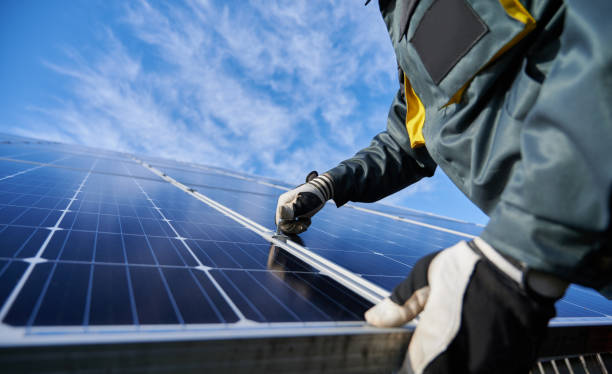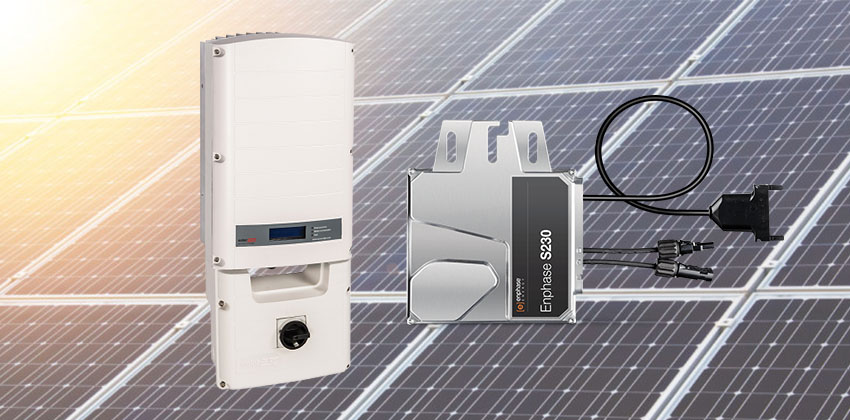How Solar Panels Are Helping Developing Countries Access Energy

Solar energy is transforming the energy landscape in developing countries by providing an accessible, affordable, and sustainable solution to electricity needs. With limited infrastructure and high costs for traditional energy sources, solar panels have become a lifeline for millions in remote and underserved regions. Here’s how solar panels are revolutionizing energy access in these areas.
1. Addressing Energy Poverty
Millions of people in developing countries still lack access to electricity, a necessity for education, healthcare, and economic growth. Solar panels offer an alternative to costly grid extensions, enabling rural communities to harness clean energy directly from the sun. By installing solar systems in remote areas, families can light their homes, charge devices, and power essential appliances without relying on unreliable or polluting energy sources.
2. Affordable Energy for Low-Income Communities
The cost of installing and maintaining solar panels has significantly decreased in recent years, making them an affordable option for low-income households. Initiatives such as pay-as-you-go (PAYG) solar systems allow users to pay for electricity in small installments, making it accessible to families with limited financial resources. This model has proven successful in regions like sub-Saharan Africa and South Asia.
3. Supporting Local Economies
Solar energy systems are creating opportunities for entrepreneurship and local job creation in developing countries. From manufacturing and installing solar panels to maintaining systems, the renewable energy sector is boosting economic activity. In addition, solar-powered businesses, such as water pumps and small-scale refrigeration, are enabling farmers and entrepreneurs to grow their enterprises sustainably.
4. Advancing Education
Access to electricity is essential for educational progress, especially in remote areas. Solar panels power lights, allowing students to study after dark, and they enable schools to use digital tools like computers and the internet. By reducing the reliance on costly or polluting energy sources, solar systems are improving educational opportunities for children in developing nations.
5. Enhancing Healthcare Services
Healthcare facilities in rural areas often struggle with inconsistent power supplies, making it challenging to store vaccines, operate medical equipment, or provide night-time services. Solar panels are helping clinics and hospitals ensure a reliable energy source, improving patient care and reducing dependency on expensive diesel generators.
6. Promoting Environmental Sustainability
Developing countries often rely on biomass, kerosene, and coal for energy, which contributes to deforestation and air pollution. Solar panels offer a clean and sustainable energy alternative, reducing greenhouse gas emissions and mitigating the effects of climate change. This shift benefits both local ecosystems and global environmental health.
7. Empowering Women
In many rural communities, women and girls spend significant time collecting firewood or managing household energy needs. Solar energy reduces this burden, freeing up time for education, income-generating activities, and community involvement. Additionally, solar projects often train women to install and maintain systems, fostering gender equality and empowerment.
8. Innovative Solutions for Urban and Rural Areas
Solar energy is being utilized in various ways to suit the unique challenges of urban and rural areas in developing countries.
- Rural Electrification: Stand-alone solar home systems provide electricity to remote villages.
- Urban Applications: Solar panels are used on rooftops in densely populated cities, reducing pressure on existing energy grids.
Case Studies of Success
- India’s Solar Push: India has implemented large-scale solar projects, including solar-powered microgrids, benefiting millions in rural areas.
- Africa’s Solar Revolution: Countries like Kenya and Nigeria are leading in PAYG solar models, providing energy to off-grid households.
- Bangladesh’s Solar Home Systems: Over 6 million solar home systems have been installed, improving energy access for rural families.
Challenges and the Way Forward
Despite its benefits, the widespread adoption of solar panels in developing countries faces challenges, such as financing, maintenance, and technical expertise. Governments, NGOs, and private organizations must collaborate to provide affordable solutions, build local capacities, and ensure long-term support for solar projects.
Conclusion
Solar panels are playing a vital role in bridging the energy gap in developing countries, offering a sustainable path toward economic growth and social development. By reducing dependency on fossil fuels and expanding access to electricity, solar energy is empowering communities, transforming lives, and fostering a brighter future.
For more insights into how solar energy is shaping the world, visit Solarsprice.com.




